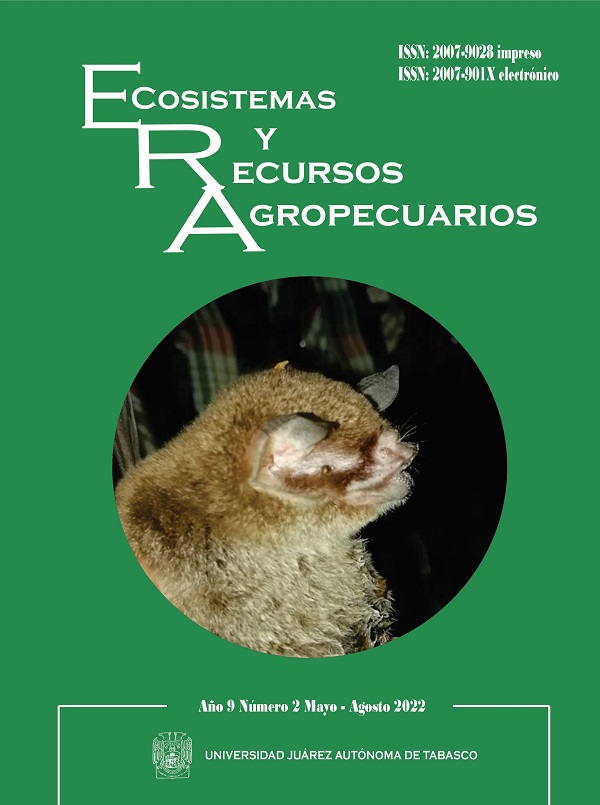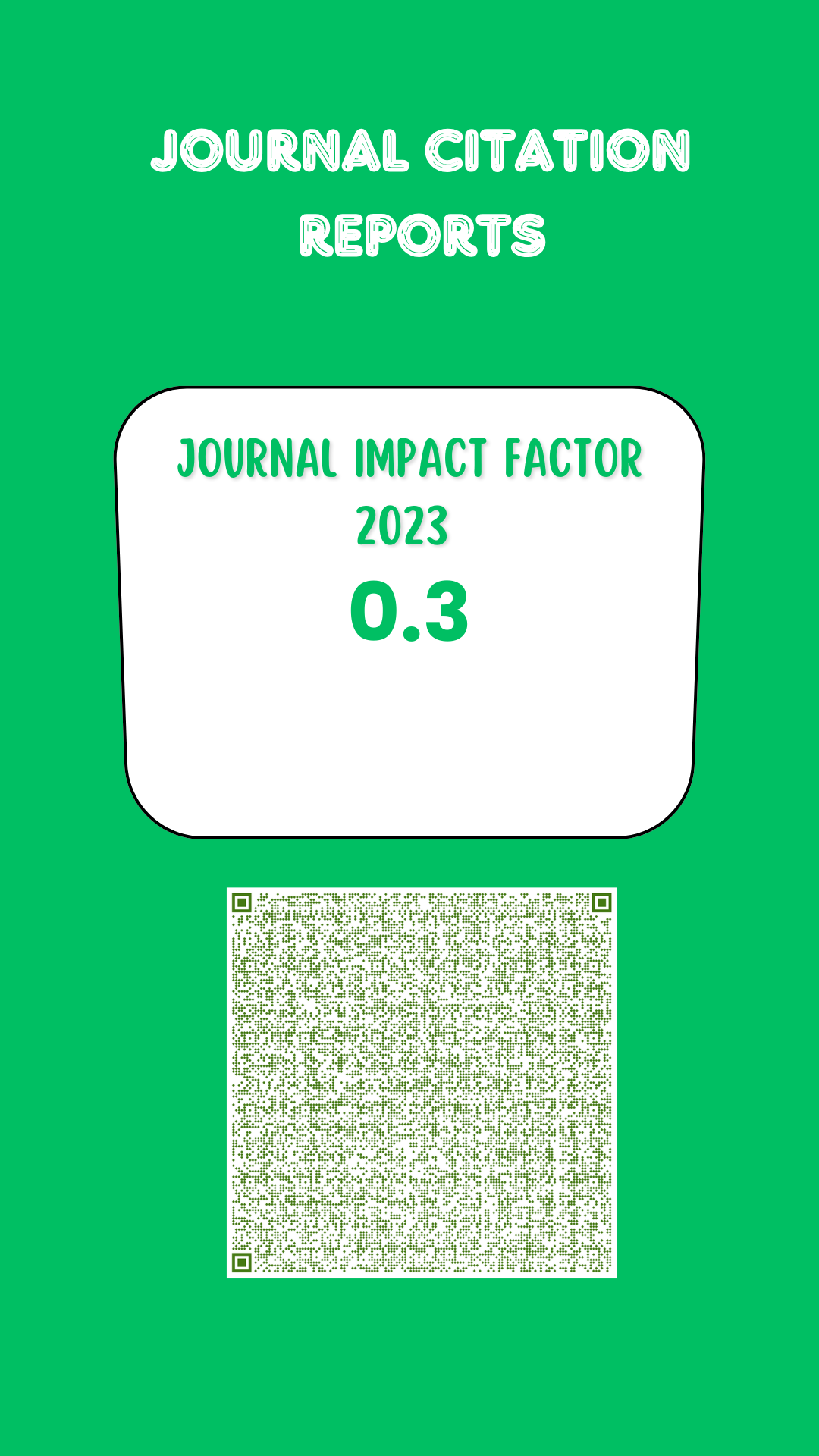Physiological and productive response of tomato in a reel modified NFT system
DOI:
https://doi.org/10.19136/era.a9n2.3361Keywords:
hydroponics, yield, photosynthesis, development, Solanum lycopersicum L.Abstract
Tomato production in protected systems employs low-growing varieties, indeterminate to achieve greater productivity leading to long stems in advanced stages. For this reason, a modified NFT technique is proposed by using a reel to coil the stem that will generate adventitious roots and a productive stem of 2 meters, compared to a control in a 20 L bag of substrate (peat). The objective was to evaluate the physiological and productive response of the tomato crop established in an NFT system modified reel type, under a completely random design. The results indicate that there were significant differences between treatments such as: physiological variables, efficiency intrinsic and quantum, number of fruits per plant, fruit weight, equatorial diameter and yield except for length and diameter of stem, length of leaf, polar diameter of fruit and weekly growth. The reel system is an alternative for the production of greenhouse tomato.
Downloads
Downloads
Published
Issue
Section
License
Copyright (c) 2022 Ecosistemas y Recursos Agropecuarios

This work is licensed under a Creative Commons Attribution-NonCommercial-ShareAlike 4.0 International License.
Aviso de copyright
Los autores que se envían a esta revista aceptan los siguientes términos:
una. Los autores conservan los derechos de autor y garantizan a la revista el derecho a ser la primera publicación del trabajo con una licencia de atribución de Creative Commons que permite a otros compartir el trabajo con un reconocimiento de la autoría del trabajo y la publicación inicial en esta revista.
B. Los autores pueden establecer acuerdos complementarios separados para la distribución no exclusiva de la versión del trabajo publicado en la revista (por ejemplo, en un repositorio institucional o publicarlo en un libro), con un reconocimiento de su publicación inicial en esta revista.
C. Se permite y se anima a los autores a difundir su trabajo electrónicamente (por ejemplo, en repositorios institucionales o en su propio sitio web) antes y durante el proceso de envío, ya que puede conducir a intercambios productivos, así como a una cita más temprana y más extensa del trabajo publicado. (Consulte El efecto del acceso abierto).



